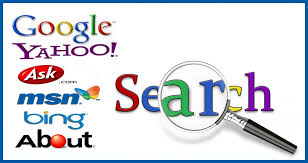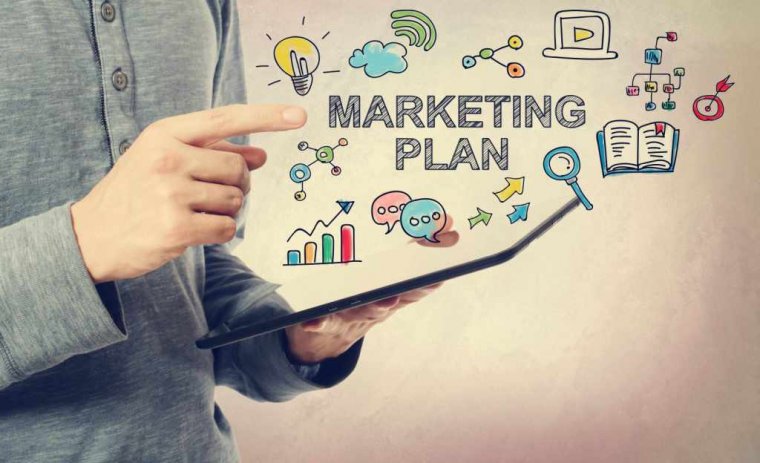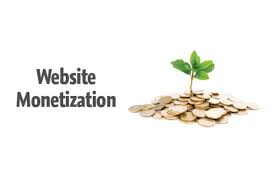Stages to Successively Digital Marketing Strategy
The flow or initial steps to run digital marketing, from those who did not know to know, to want to buy, even participate in promoting existing products or services. That is the marketing funnel.
The marketing funnel is an inverted triangle with the top side being wider than the bottom. Logically, the top is the number of people who know about our product or service.
While at the bottom are people who ultimately want to buy and promote our products or services.
“Because not everyone who knows will be interested, and not everyone who is interested in what to buy, and not everyone who buys wants to help promote,”
At the marketing funnel stage, it is divided into five stages. The first is strangers. People who do not know our product or service. Then from there, the marketer’s job is to get strangers interested in a variety of our content, so they know about our product or service.
If they are already interested and want to know about our products or services, they are referred to as visitors. Then the next stage is that they will become leads in various forms. For example, they become following the development of our product or service.
In the next stage, they will become consumers by buying and using our products or services because they want to put more effort into being part of an existing product or service.
After all the stages have been passed, will it stop there? Certainly not. Marketers must try to make these people become promoters by providing reviews, testimonials, and even inviting their friends to come to know, buy, and use a product or service.
Digital Marketing Components
In digital marketing, there are many components to be able to implement it. However, of the many, we can divide it into four components to make it easier to understand.
The first component, search engine marketing. All things that appear on Google or other websites on Google. For example, people searched for pink shoes on Google. The first website that appears does not use advertisements, which is a sign that it has practiced search engine optimization (SEO) well. That is part of marketing, making the website at the very top of the search or the very first page because it will be easier to find.
In contrast to SEO, websites that implement advertisements are called Google Ads. There are also Display Ads which are usually the most used by media pages with ads on the right, left, top or bottom of the page. Google Ads and Display Ads usually fall into the pay per click category.
The second is social media and email marketing. Typically, components of this type use all social media platforms, from Instagram, Facebook, Twitter, to YouTube.
In social media, you can also use paid campaigns by creating a particular campaign and paying to the various social media platforms so that more people see it.
There is also e-mail marketing. Usually obtained from an existing email list or using a third-party service by paying to share the email.
Third is affiliate marketing. The term is affiliated with paying for something to be made, such as digital media coverage that collaborates with online media to make reviews and publications.
Still on the same component, there are also key opinion leaders using influencers and content creators with levels of followers, and not always paid. Well, if it is paid, it is called paid content.
Finally, of all the components that are never separated from digital marketing are analytic tools. Several things that can be analyzed include keywords, hashtags, trends, competitor research, and owned media research.
As said above, implementing SEO properly in digital marketing is also important. In the process, SEO is divided into three stages in parallel, namely preparation, on-page, and off-page.
In preparation, marketers need to prepare keyword research, competitor research, market research, audience research, and site performance research.
Furthermore, when creating a website, of course you can never be separated from two things in terms of technique and in terms of content.
“No matter how good the technique is, if the content doesn’t exist, yes, it’s useless, and vice versa,”
There is a difference in on-page and off-page. On-page is all the factors that exist on the website, such as the short length of keywords, good quality content, neat layout, and tabs on the website, as well as how long and comfortable someone stays on the page that is made.
While off-page are factors outside the website. For example, spreading website content through other websites.
Usually, SEO development takes quite a long time, it can be up to 12 months. In SEO there is also a lot of content that can be shared, so it’s not just talking about articles.
Switching to Google Ads, also has three steps, namely preparation, optimization, and reporting. At each step there is also a long process that must be passed and cannot be separated from research.
“The function of Google Ads is to make the website we have ads and be in the top ranking compared to other websites that don’t have ads.




